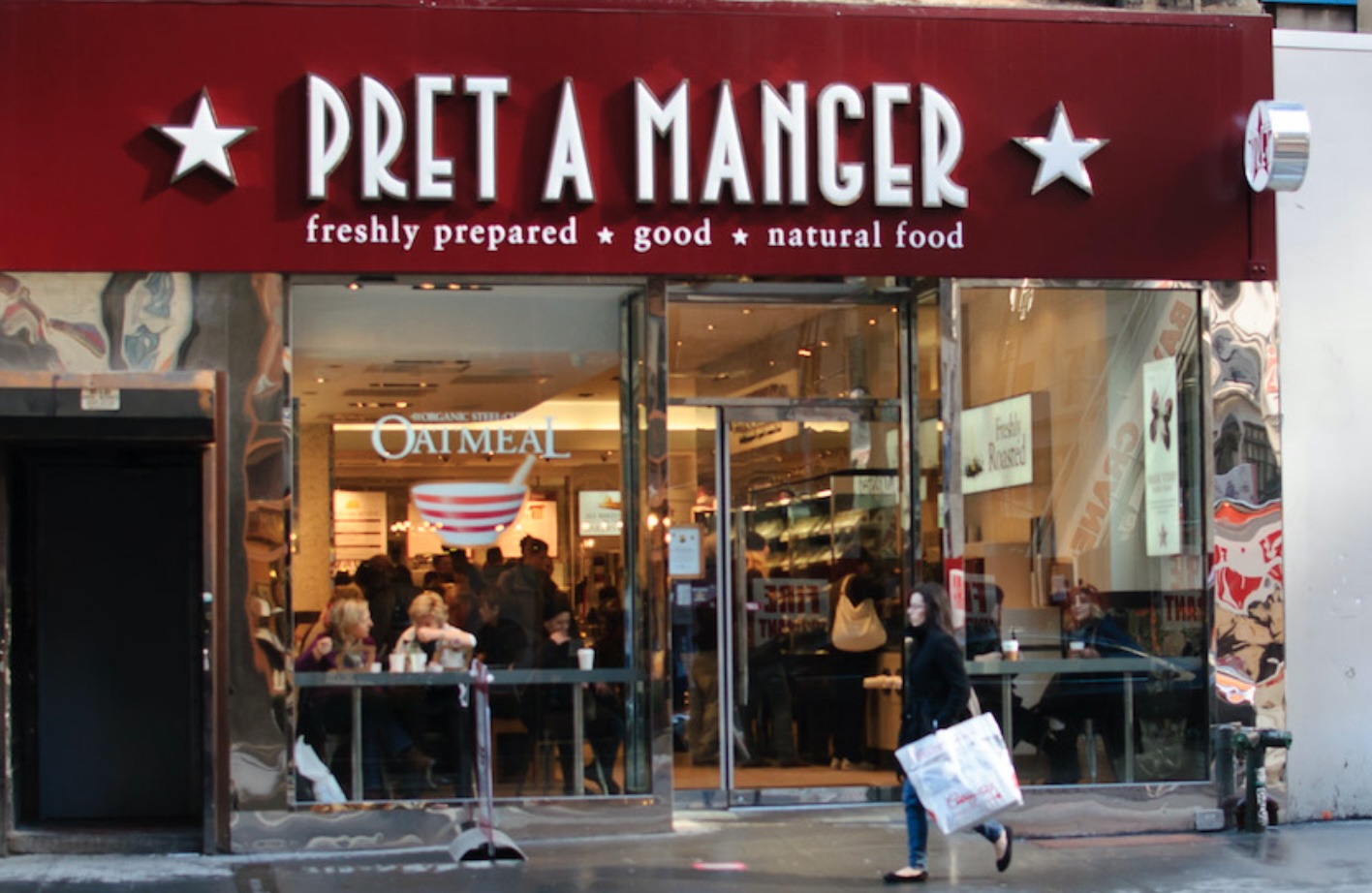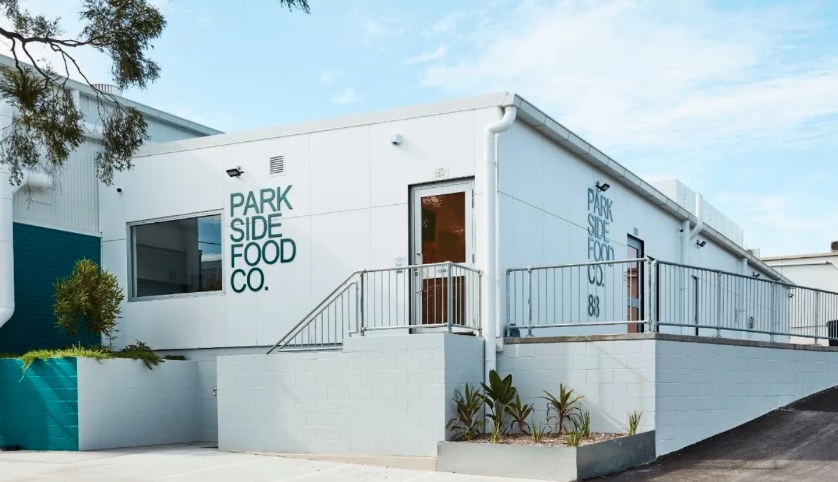Dark or ghost kitchens are intentionally hidden. Hence the name and description. They terms are indeed accurate but not clandestine.
There is a reason why and I will explain as I go along. It is however important to note that it is a significant evolving piece of the gig economy and the new World.
Known also as cloud kitchens, a conceptually fitting term, they are a direct outcome of the gig economy. In particular an off-shoot of the food delivery sector.
In simple terms they are central kitchens but this lot began with a twist and driven by big tech. An anomaly. When did big tech become associated with kitchens?
Central kitchens
Central kitchens are not new. Caterers and big chains use them for preparing sandwiches, snacks to full blown meals. Complete meals prepared off-site, delivered to vending locations such as pub, shops and cafes are typically heated on location before they are served.
The food does taste different when prepared off-site and despite the use of special warmers or bain maries. It’s a compromise when people attend an event and food is not the main purpose for attending the event. The food is the refreshment for the event.
Pret a Manger model

Idea for dark kitchens starts to emerge
Another variation of a central kitchen is the Pret a Manger chain model in the UK. They too use a centralised kitchen albeit not a large one. In their case, a bigger outlets serve as a central kitchens for many smaller outlets in the same proximity.
It does two things. It provides scale that reduces cost via cheaper rentals for smaller outlets and food preparation staff at one central location. And most importantly their sandwiches and snacks are clearly fresh which is the main aim.
Evident of this unique model variation is a special cart that a Pret a Manger staff use to deliver prepared meals to smaller outlets at intervals. No other chain does that and kudos to them. Those in London will see their carts making their way around. It’s no surprise they are popular and have grown considerably. The difference is their freshness of their bites. Just taste their egg and mayo sandwich compared to other outlets. Its a simple sandwich yet you call tell the difference.
When the gig economy food delivery start-ups began working with food outlet partners, it was on delivery logistics. Getting them and their menu on their app, walk -thru the order process, take payments and delivery instructions.
Competitions among the start-ups began intensifying and transformation followed. These start-ups started to provide advice on menu design and what dishes to focus on. It became a value add service to their food outlet clients. Their app data also provides a wealth of data on what type of restaurants, cuisine and dishes are popular.
An entry level analyst fresh out of University for these start-ups for say Adelaide can pull data from the apps for the last 3 months easily. The analyst then starts to slice and dice, score and rank the data. Food outlets and dishes in terms of popularity, peak times for orders, last orders for the day etc. All done within an hour. Dish preparation time and duration from order placement to actual delivery times are other important factors. The last benchmark is crucial.
The equation
If a consumer orders a pizza from a popular but a faraway restaurant that is not piazza chain, does it say something? The customer is also prepared to pay more and wait longer. Are these types of customers the exceptions or outliers? Is there scale in this lot that cannot be ignored.
This is where big tech and data comes into it own and is hugely instrumental. Data a powerful element that considers permutations and various scenarios. Even a sharp and experienced business person will struggle to work these out. Start-ups thrive on data extraction and analysis. Harvesting valuable data from all those deliveries over months and years. Data is there for the taking. A delivery company operating in a city or town will in matter of time will know which outlets and dishes are popular.
I like to be a fly on the wall, when Uber Eats and Deliveroo do their presentation to management on what consumers do over 24 by 7 over 4 weeks when it comes to food consumption delivered by them.
Next step is to work out the margins and the profits, and that leads to identifying opportunities.
The concept of dark or ghost kitchens unfolds
The plan is rather simple. Set up a centrally located kitchen with industrial standard equipment and lease cooking spaces to existing restaurants and food outlets. The aim is to allow focus on food preparation for delivery. The second focus is shorter delivery distance to popular customer locations based on a central location. These central location are now the dark or ghost kitchens.
The next time Tom places an order for that special pizza from that high end restaurant, the flow has changed. It now prepared and come from the dark kitchen. Tom’s gets its fresher and faster. The restaurant is mindful of its reputation and will attempt to maintain standards by working with the likes of Uber East and Deliveroo. Restaurants and outlets typically recruit their own staff with more experienced staff from their main outlet to mentor at the early stage.
The consumer thinks that the food comes from restaurants, not the dark kitchen. Which reinforces the use of the terms “dark “and “ghost” kitchens. I bet some of you are not aware until now.
Locations of dark kitchens

They are typically located at low rental locations such as industrial and semi-industrial locations and near to populated areas where their consumers are. There is no need to be located at high rent popular city areas where pedestrian traffic are important for restaurants and food outlets to bring in walk-in customers.
Interestingly the prices have not gone down and the delivery surcharges remain. In essence the margins have increased for every dish delivered out of dark kitchens rather than the actual restaurants. Its is indeed a winning formula. It is also a win for the consumer as he gets his favourite weekly dish faster and fresher.
For the start-ups, there is leasing rent income, plus higher fees as the margins are bigger. The shorter distance also means lower costs. Bundling orders from various outlets from the same dark kitchen further reduces costs. For delivery drivers and riders, it is also better as they do not have to move from one restaurant or food outlet to another in a town. It’s just one location.
In essence a very efficient model for all except for the price that consumers pay.
Its not all that rosy
Though simple in concept the dark or ghost kitchens have their own challenges. First is the turf war that has surfaced where a delivering start-up that controls a dark kitchen does not allow pick-up by other food delivery companies.
This is a concern as many customer prefer to stick with one food delivery app. The reasons vary from loyalty points to intuitive appeal of the app. There is also the reason that a particular app offers more variety and options or the delivery staff have better standards. Outlets that have entered into a contracted agreement with dark kitchens operators might regret their decision. Shades of anti-trust or predatory trade practices are not far off.
Non-food delivery companies and entrepreneurs have now entered the dark kitchen segment. Some work solely with a particular delivery company or are open to all. So it is not so simple as originally thought. My guess is that it is an embryonic stage of evolution with many food outlets approach this with apprehension and caution.
No matter what, all participants with the exception of consumers prefer to keep the existence of dark and ghost kitchens

Pingback: Australian dark kitchens and alleyways - Adelaide wide open
Pingback: Technology driven food on demand - Adelaide wide open